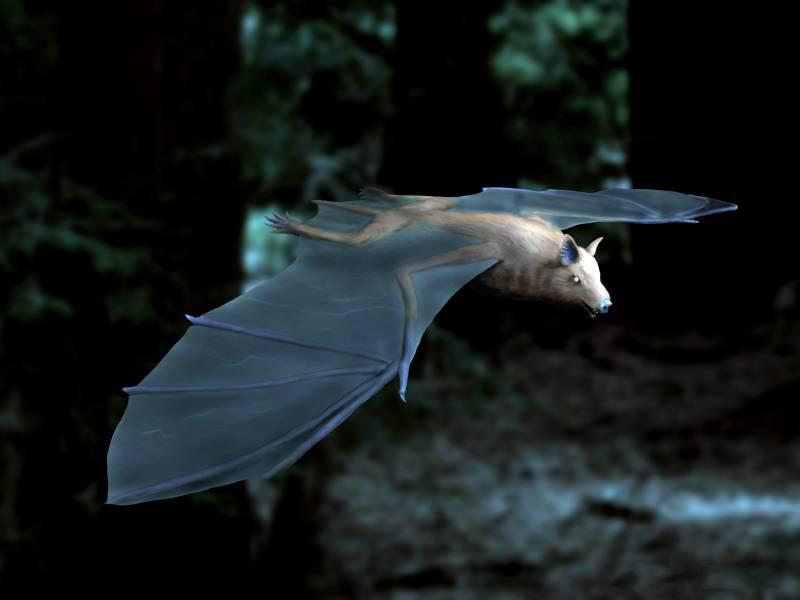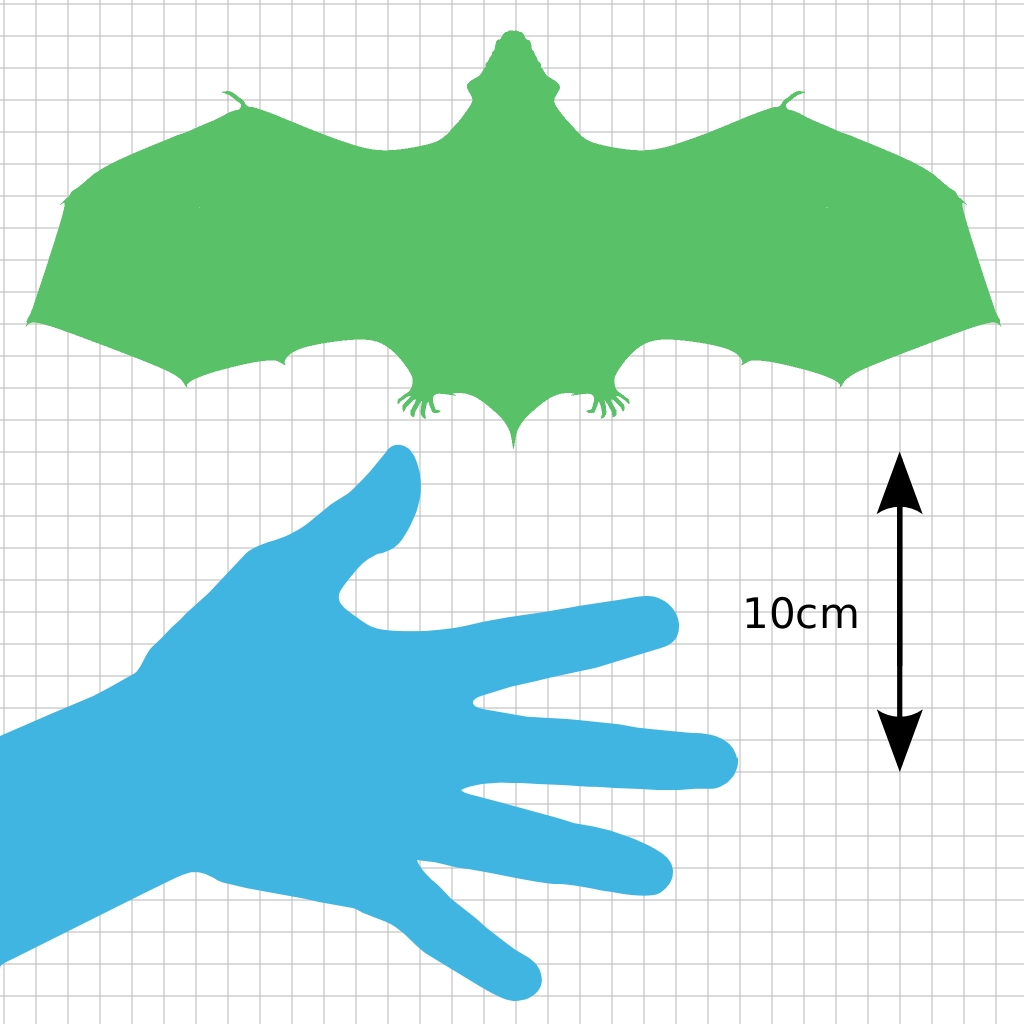|
Sheep Pass Formation
The Sheep Pass Formation is a geologic formation in Nevada. It preserves fossils dating back to the Paleogene period. Fossil content Vertebrates Invertebrates See also * List of fossiliferous stratigraphic units in Nevada * Nevadaplano * Paleontology in Nevada Paleontology in Nevada refers to paleontological research occurring within or conducted by people from the U.S. state of Nevada. Nevada has a rich fossil record of plants and animal life spanning the past 650 million years of time. The earliest fo ... References * Paleogene geology of Nevada {{Paleogene-stub ... [...More Info...] [...Related Items...] OR: [Wikipedia] [Google] [Baidu] |
Geological Formation
A geological formation, or simply formation, is a body of rock having a consistent set of physical characteristics ( lithology) that distinguishes it from adjacent bodies of rock, and which occupies a particular position in the layers of rock exposed in a geographical region (the stratigraphic column). It is the fundamental unit of lithostratigraphy, the study of strata or rock layers. A formation must be large enough that it can be mapped at the surface or traced in the subsurface. Formations are otherwise not defined by the thickness of their rock strata, which can vary widely. They are usually, but not universally, tabular in form. They may consist of a single lithology (rock type), or of alternating beds of two or more lithologies, or even a heterogeneous mixture of lithologies, so long as this distinguishes them from adjacent bodies of rock. The concept of a geologic formation goes back to the beginnings of modern scientific geology. The term was used by Abraham Gottlob Wer ... [...More Info...] [...Related Items...] OR: [Wikipedia] [Google] [Baidu] |
Rodent
Rodents (from Latin , 'to gnaw') are mammals of the order Rodentia (), which are characterized by a single pair of continuously growing incisors in each of the upper and lower jaws. About 40% of all mammal species are rodents. They are native to all major land masses except for New Zealand, Antarctica, and several oceanic islands, though they have subsequently been introduced to most of these land masses by human activity. Rodents are extremely diverse in their ecology and lifestyles and can be found in almost every terrestrial habitat, including human-made environments. Species can be arboreal, fossorial (burrowing), saltatorial/richochetal (leaping on their hind legs), or semiaquatic. However, all rodents share several morphological features, including having only a single upper and lower pair of ever-growing incisors. Well-known rodents include mice, rats, squirrels, prairie dogs, porcupines, beavers, guinea pigs, and hamsters. Rabbits, hares, and pikas, whose i ... [...More Info...] [...Related Items...] OR: [Wikipedia] [Google] [Baidu] |
Reithroparamys
Sciuromorpha ("squirrel-like") is a rodent clade that includes several different rodent families. It includes all members of the Sciuridae (the squirrel family) as well as the mountain beaver species. Traditionally, the term has been defined on the basis of the shape of the infraorbital canal. A sciuromorphous zygomasseteric system is characterized by attachment of the lateral masseter muscle along the side of the rostrum. Unlike hystricomorphous and myomorphous rodents, the medial masseter muscle does not pass through the infraorbital canal. Among extant rodents, only the families Sciuridae, Castoridae, Heteromyidae, and Geomyidae are truly sciuromorphous. Some authorities would exclude the Geomyidae and Heteromyidae from that list due to the attachment of the medial masseter directly behind the zygomatic arch. Carleton and Musser (2005) redefined the rodent suborders on morphological and molecular grounds. They defined the Sciuromorpha as including three families, ... [...More Info...] [...Related Items...] OR: [Wikipedia] [Google] [Baidu] |
Pantolestidae
Pantolestidae is an extinct family of semi-aquatic, non-placental eutherian mammals. Forming the core of the equally extinct suborder Pantolesta, the pantolestids evolved as a series of increasingly otter-like forms, ranging from the Middle Paleocene (60 mya) '' Bessoecetor'' to the Late Eocene (Ergilian) (50-33 mya) '' Gobiopithecus'' and '' Kiinkerishella''. They first appear in North America, whence they spread to Europe.Jehle 2005 Description The pantolestids were fish predators with a body length of about and a tail about long. The anatomy of these archaic "insectivorous" mammals is best known through well-preserved Middle Eocene ''Buxolestes'' specimens found at Messel in Germany and a few other less complete specimens,Agustí 2002, p 5 such as the ''Palaeosinopa'' found at Fossil Butte in Wyoming, estimated to have reached body weights of up to , making them relatively large early mammals. They had moderately strong canines and multi-cusped cutting teeth supporte ... [...More Info...] [...Related Items...] OR: [Wikipedia] [Google] [Baidu] |
Palaeochiropteryx - 3d Reconstruction
''Palaeochiropteryx'' ( ) is an extinct genus of bat from the Middle Eocene of Europe and North America. It contains three very similar species – ''Palaeochiropteryx tupaiodon'' and ''Palaeochiropteryx spiegeli'', both from the famous Messel Pit of Germany, as well as ''Palaeochiropteryx sambuceus'' from the Sheep Pass Formation (Nevada, United States). They are usually found complete and exceptionally preserved, even retaining the outlines of their fur, ears, and wing membranes. They are one of the oldest bats known, existing around 48 million years ago. Despite this, they were already quite advanced, showing evidence of the ability to hunt by echolocation like modern insect-eating bats. ''Palaeochiropteryx'' were small bats, with a wingspan between . Their wings were short but broad, indicating an adaptation for slow but highly maneuverable flight beneath forest canopies and among dense vegetation. They preyed mostly on moths and caddisflies and were probably nocturnal. ... [...More Info...] [...Related Items...] OR: [Wikipedia] [Google] [Baidu] |
Palaeochiropterygidae
Palaeochiropterygidae is a family of extinct bats. It was originally erected by the Swiss naturalist Pierre Revilliod in 1917 after discoveries of ''Palaeochiropteryx'' fossils from the Messel Pit of Germany. Palaeochiropterygidae was merged into Archaeonycteridae by Kurten and Anderson in 1980, but modern authorities specializing in bat fossils maintain the distinction between the two. It was classified to the unranked clade Microchiropteramorpha by Smith ''et al.'' in 2007. They existed from the Ypresian to the Lutetian ages of the Middle Eocene epoch (55.8 to 40.4 million years ago). Paleobiology Two species of Palaeochiropterygidae, ''Palaeochiropteryx tupaiodon'' and ''P. spiegeli'', are known from complete skeletons from the famous Messel Pit fossil deposits in Germany. ''Palaeochiropteryx tupaiodon'' is the most common mammal found at Messel. All other species belonging to Palaeochiropterygidae are known only from isolated teeth and jaw fragments from Europe, India, T ... [...More Info...] [...Related Items...] OR: [Wikipedia] [Google] [Baidu] |
Egan Range
The Egan Range is a line of mountains in White Pine County, in eastern Nevada in the western United States. From Egan Creek near the historic community of Cherry Creek, the range runs south for approximately 108 miles (173 km), extending south of Shingle Peak in the northern part of Lincoln County. To the east are the large Steptoe Valley and the even longer Schell Creek Range. To the west are the White River Valley and the scenic White Pine Range. To the north is the Cherry Creek Range, while to the south is remote Cave Valley and the southern tip of the Schell Creek Range. It is named after the Egan Family that live in Montville. The southern section of the range rises steadily, climbing to the high ridge of Ward Mountain. This crest is over 3 miles (5 km) long and, at elevations up to 10,936 feet (3333 m), includes the highest point of the range. The mountains then descend rapidly to the north, dropping to elevations below 6200 feet near the community of ... [...More Info...] [...Related Items...] OR: [Wikipedia] [Google] [Baidu] |
Palaeochiropteryx
''Palaeochiropteryx'' ( ) is an extinct genus of bat from the Middle Eocene of Europe and North America. It contains three very similar species – ''Palaeochiropteryx tupaiodon'' and ''Palaeochiropteryx spiegeli'', both from the famous Messel Pit of Germany, as well as ''Palaeochiropteryx sambuceus'' from the Sheep Pass Formation (Nevada, United States). They are usually found complete and exceptionally preserved, even retaining the outlines of their fur, ears, and wing membranes. They are one of the oldest bats known, existing around 48 million years ago. Despite this, they were already quite advanced, showing evidence of the ability to hunt by echolocation like modern insect-eating bats. ''Palaeochiropteryx'' were small bats, with a wingspan between . Their wings were short but broad, indicating an adaptation for slow but highly maneuverable flight beneath forest canopies and among dense vegetation. They preyed mostly on moths and caddisflies and were probably nocturnal. ... [...More Info...] [...Related Items...] OR: [Wikipedia] [Google] [Baidu] |
Nyctitheriidae
Nyctitheriidae is a family of extinct eulipotyphlan insectivores known from the Paleocene and Eocene epochs of North America and Asia and persisting into the Oligocene of Europe. Several genera, including '' Nyctitherium'', '' Paradoxonycteris'', and ''Wyonycteris'', have initially been described as bats, although the family is more frequently placed in the order Eulipotyphla. Origins and discovery O.C. Marsh originally described ''Nyctitherium'', from the Eocene of Wyoming, as an early bat based on similarities of its teeth. Since 1872 more than two dozen other genera of nyctitheriids have been named, and several of these have also initially been considered bats. G.G. Simpson recognized that ''Nyctitherium'' did not represent a bat, and in 1928 named the family Nyctitheriidae for ''Nyctitherium'' and several other small insectivores. Many additional species of Nyctitheriidae from Asia, Europe, and North America have been recognized in the subsequent decades. Most species are ... [...More Info...] [...Related Items...] OR: [Wikipedia] [Google] [Baidu] |
Notharctus Tenebrosus Paris
''Notharctus'' ("false bear", from the Ancient Greek nothos (νόθος), "illegitimate", and arktos (ἄρκτος), "bear") is a genus of adapiform primate that lived in North America and Europe during the late to middle Eocene. The body form of ''Notharctus'' is similar to that of modern rats. Its fingers were elongated for clamping onto branches, including the development of a thumb The thumb is the first digit of the hand, next to the index finger. When a person is standing in the medical anatomical position (where the palm is facing to the front), the thumb is the outermost digit. The Medical Latin English noun for thumb .... Its spine is flexible and the animal was about in length, excluding the long tail. There were at least four different ''Notharctus'' species. Fossils from at least seven other potential species have also been discovered. References Bibliography * External links Mikko's Phylogeny Archive {{Taxonbar, from=Q2086632 Prehistoric stre ... [...More Info...] [...Related Items...] OR: [Wikipedia] [Google] [Baidu] |




